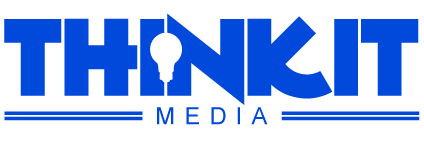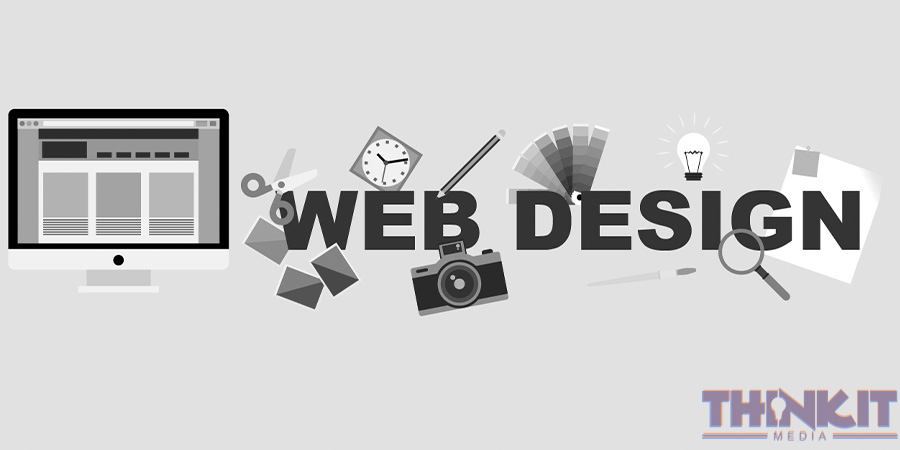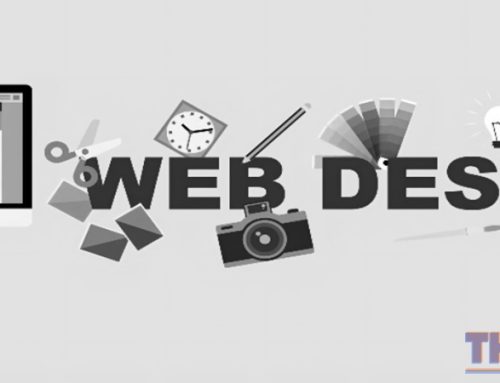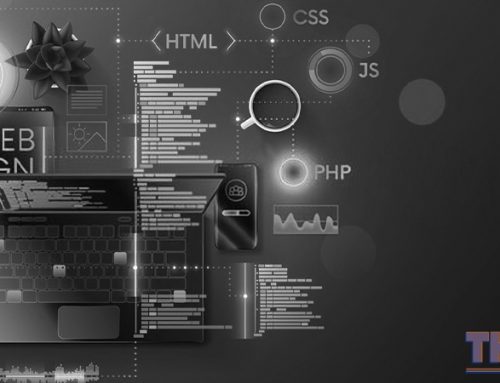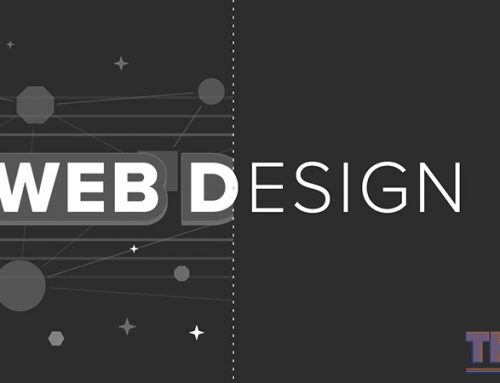Web design covers various topics, including web application architecture, user interface design, information graphics, and interaction design. Web designers produce wireframes or functional specifications, style guides, page layouts with CSS and HTML code, images, and interactive media such as animations and multimedia for the company’s website or mobile apps. In addition to traditional graphic artists who work on web designs in Photoshop or Illustrator programs, many such projects are now being done by developers that write HTML5 code with Webflow or similar tools.
The Five Basic Elements of Web Design
Typography
It is the art and technique of arranging type to make written language legible, readable and appealing when displayed. The arrangement of type involves selecting typefaces, point sizes, line lengths, line-spacing, and letter-spacing and adjusting the space between pairs of letters. The terms typeface and font often need clarification. While related, typography is more expansive. Typeface refers to a category of type designs with unique font properties, such as weight, slant, contrast, etc., while the font is a specific design that belongs to a category.
Color & Contrast
Color is the visual perceptual property corresponding in humans to the categories called “red,” “yellow,” “green,” “blue,” and so on. Color derives from the spectrum of light interacting in the eye with three types of color-sensitive cone cells in the retina, primarily detecting light with wavelengths around 420–680 nm.
The ability to distinguish colors depends on how these wavelengths are distinguished. A difference between any two colors, like a red apple and a green apple, is called a hue, while an increase or decrease in brightness between these two colors is called a brightness value. Brightness varies from black (no shine) to white (full brightness).
Color is used to discriminate between objects, but all colors do not equally determine things. As an example, humans have a much easier time distinguishing reds than they have distinguishing greens. It is because of the nature of green light in the visible light spectrum. At the same time, it is “detected” by one species of cone cell in the retina at full strength (red being detected at half-strength). That cell’s neighboring cell is “detected” at half-strength (green) by an adjacent cone cell, meaning that only two colors out of three overlap precisely with the neighboring cone cells. Thus, red and green cannot be discriminated against nearly as well as one might expect or hope.
Navigation
Navigation is a broad term referring to both the act of moving from one location to another and receiving and processing information about a destination location. Different navigation forms subscribe to three schemes for moving from one place to another: in-page navigation, out-of-page navigation, and direct navigation.
Content
Content is the meaning or message conveyed in a written, graphic, or verbal form. Typically, this refers to any content material that can be presented, for example, text and images bound together with other elements, into a cohesive presentation.
Content is the vast majority of what most people view, hear and read.
Most web pages (static content) can be thought to exist in a state of “stasis.” Once the page has been designed, the content does not change – there is no inherent automatic updating mechanism. Where dynamic range exists, this involves some ongoing process or interaction whereby the information on each page changes as new information is provided.
Information Architecture
In an Information Architecture Manner of speaking, this refers to the overall organization of online content such as web pages, databases, and other maritime structures within the context of human knowledge and communication needs.
Top Web Design Blogs to Follow
Smashing Magazine
The Smashing Magazine is a global community of web designers and developers. The magazine focuses on learning to design, develop and architect widely accessible websites that work across various platforms. It can be done by harnessing new technologies, techniques, and methodologies to address today’s most impactful web design issues like authentication, accessibility, localization, responsive designs, e-commerce, social media integration, and more.
Webdesigner Depot
Webdesigner Depot is a web design and development blog for all aspiring web designers and developers. It comprehensively covers all website designing and development topics, including HTML, CSS, JavaScript, WordPress, PHP, etc.
CSS-Tricks
CSS-Tricks is a blog about building awesome things with CSS. Their goal is to help you level up your skills honestly and straightforwardly. CSS-tricks is about helping you become part of an exciting community around making sites more awesome with CSS and HTML.
Mockplus Blog
Mockplus Blog is one of the best UI design blogs for web designers. It provides all the tips in UI/UX design to help designers build a powerful application using Mockplus, a rapid prototyping tool.
Web Design Ledger
Web Design Ledger shares the latest tips and tricks in web design, development, UX, and marketing. It has a broad range of web design-related topics, including WordPress, HTML5, CSS3, UI design, PHP programming, and CMS comparison. It also has different categories of content like web design trends, best practices, UI/UX design, mobile-first and responsive design, HTML5 learning, etc.
eDesign
eDesign is a blog dedicated to analyzing the latest technologies and sharing experiences with designers who have downsized their main business to web design. Most content uses modern tools like GruntJS, Bootstrap, and others for web development to achieve a faster workflow.
Coding Resources for Web Designers
FreeCodeCamp
FreeCodeCamp is a community that helps you learn enough coding to land a job that you love. The tech industry created the curriculum and refined it using feedback from hundreds of developers. It’s free, self-paced, and mostly in your own time, so you can learn at your own pace.
W3Schools
W3Schools is an online HTML5 and CSS3 tutorial with various examples for web designers and developers, including HTML code examples and output effects, CSS code examples, etc. Tutorials are organized according to standard topics.
CodePen
CodePen is a web application for creating and sharing code snippets. You can use the snippets in your documents, presentations, and websites. You can also save the snippets to publish them on the external CodePen gallery.
Tonic
Tonic is an online editor allowing you to create static HTML websites easily. It also has a CSS editor, image editor, and more. It’s so easy to use it might as well be an app for making websites. The best part about Tonic is that it’s free, unlike most of its competitors.
JavaScript
JavaScript is a web programming language that lets you work with your website’s users, browsers, and content to make your website more interactive. You can use JavaScript to add effects such as animation, sounds, and scrolling menus to your website’s pages.
jQuery
jQuery is a fast and concise JavaScript library that simplifies HTML document traversing, event handling, animating, carousel, and more. It also helps create consistent cross-browser UI effects without writing a single line of code.
Every designer should know these are the most popular topics in web design. Now a day’s front end plays a vital role in web design, so one should learn about HTML5, CSS3, and JavaScript for better design.
